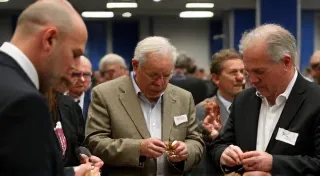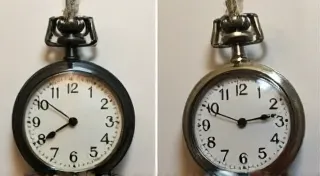Gilt and Gears: The Alchemy of Watch Collecting—Transforming Passion into Patrimony
There’s a quiet magnetism to antique pocket watches, a resonance that transcends mere timekeeping. It's more than just the ticking; it’s the echo of generations past, the ghost of a craftsman’s dedication, and the palpable weight of history held within your hand. My own fascination began not with a grand auction or a scholarly text, but with a humble discovery – my grandfather’s Elgin, tucked away in a dusty box of keepsakes. Its gold-filled case, though worn, held a faint shimmer, and the faint scent of old polish hinted at a life meticulously lived. That moment sparked a journey, a transformation from casual curiosity to a deep-seated passion for watch collecting.
Watch collecting is, at its core, a conversation with the past. It’s a pursuit less about the object itself and more about the narrative it carries. Each pocket watch represents a snapshot of an era—a testament to the social customs, technological advancements, and artistic sensibilities of its time. These weren't disposable commodities; they were prized possessions, often passed down through families as symbols of prosperity and sentimentality. To hold one is to hold a fragment of that history.
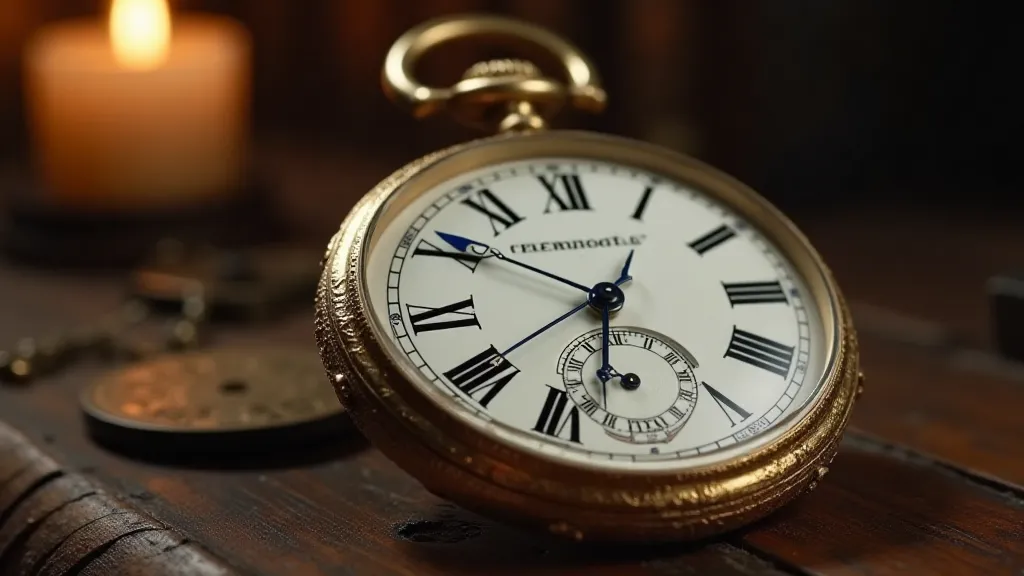
The Rise of Pocket Timekeeping: A Historical Context
Before the convenience of wristwatches, pocket watches were the pinnacle of personal timekeeping. Their story begins in 16th-century Germany, with the invention of the portable spring-driven clock. These early iterations were bulky and inaccurate, often worn as pendants rather than carried in a pocket. The evolution to the refined, pocket-sized timepieces we recognize today unfolded over centuries, fueled by advancements in metallurgy, mechanics, and artistry. The 18th and 19th centuries witnessed a golden age for pocket watch manufacturing, with Switzerland, England, and, surprisingly, America emerging as dominant forces.
The American contribution, particularly in the late 19th century, is remarkable. Brands like Elgin, Waltham, and Howard produced watches of exceptional quality, often rivaling their Swiss counterparts. These “American” watches weren't simply functional; they were often ornate works of art, embodying the Victorian era’s obsession with craftsmanship and embellishment. The rise of railroads in America created an enormous demand for precise timekeeping, pushing manufacturers to continually improve accuracy and reliability. This drive for precision left an indelible mark on the design and mechanics of American pocket watches.
Discerning Value: Condition, Rarity, and Provenance
Transforming a passion for pocket watches into a valuable collection requires more than just an eye for beauty. It demands an understanding of the factors that contribute to a watch’s worth. Condition is paramount. A pristine, unrestored watch commands a significantly higher price than one that has been heavily polished or subjected to questionable repairs. However, extreme originality isn’t always desirable; subtle, period-correct servicing can sometimes enhance a watch’s functionality and desirability.
Rarity plays a crucial role. Limited production runs, unique complications (like chronographs or moon phases), and watches manufactured for specific organizations (railroads, military units) are inherently more valuable. Provenance, the documented history of ownership, adds another layer of intrigue and value. A watch that can be traced back to a notable figure or a significant historical event is often considered a prized possession.
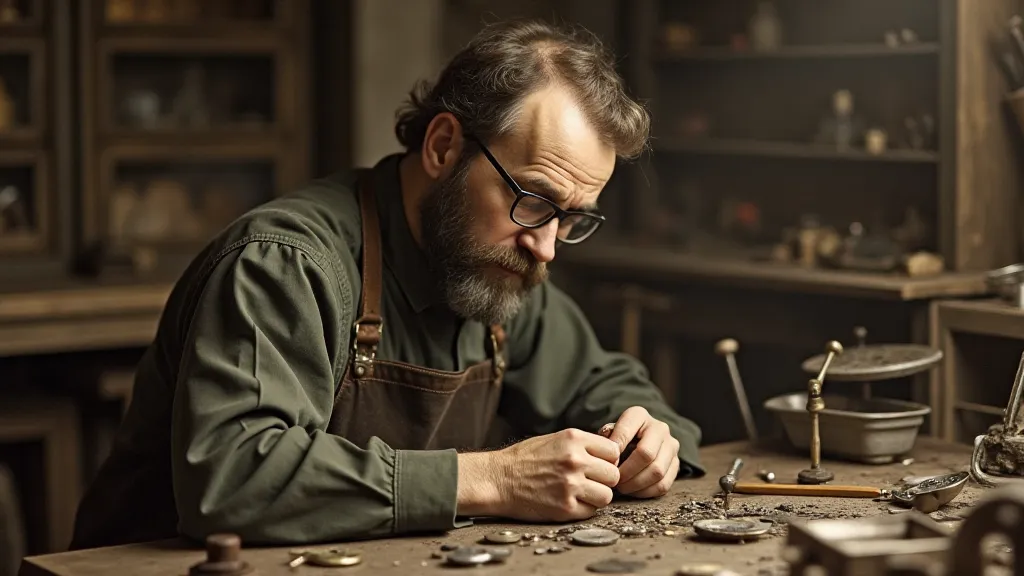
The Allure of the Mechanism: Understanding the Craftsmanship
Beyond the aesthetics, the intricate mechanics of a pocket watch offer a fascinating glimpse into the ingenuity of past generations. The escapement, the lever that regulates the release of energy from the mainspring, is a marvel of engineering. The balance wheel, oscillating back and forth, is a mesmerizing dance of precision. Examining the movement, even without a formal understanding of watchmaking, is an exercise in appreciating the dedication and skill of the craftsmen who built them.
Early pocket watches often featured lever escapements, a significant improvement over the earlier verge escapement. The introduction of the cylinder escapement further enhanced accuracy. Later movements incorporated features like jeweled bearings and improved mainsprings. Recognizing these mechanical advancements not only enriches the appreciation of a watch but also helps in assessing its value and authenticity.
The Psychological and Economic Dimensions
Watch collecting, like any collecting hobby, is more than just acquiring objects; it’s a psychological investment. The thrill of the hunt, the satisfaction of uncovering a hidden gem, the connection to history—these intangible rewards are as valuable as the monetary appreciation of the collection. However, it’s essential to approach watch collecting with a clear understanding of the economic realities. The market can be volatile, and certain trends can shift quickly. Educating yourself about market values and focusing on quality over quantity is crucial for building a sustainable and rewarding collection.
Furthermore, building a collection is a long-term endeavor. It requires patience, discipline, and a willingness to learn. It’s a journey of discovery, both of historical artifacts and of oneself. The value of a collection isn’t solely measured in dollars and cents; it’s measured in the knowledge, the connections, and the legacy that it represents.
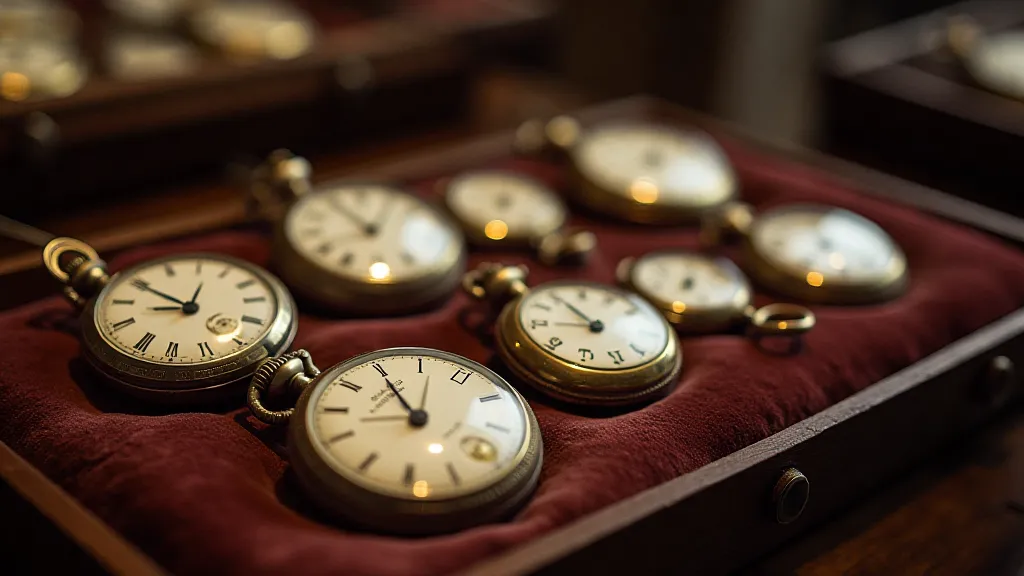
Preserving a Legacy: Care and Maintenance
Owning antique pocket watches comes with a responsibility—the responsibility of preserving these historical artifacts for future generations. Proper care and maintenance are essential for ensuring their longevity. Regular cleaning with a soft cloth can remove dust and grime. Avoid exposing watches to extreme temperatures or humidity. And, most importantly, seek professional servicing from a qualified watchmaker when necessary. Don't attempt repairs yourself unless you have the proper training and tools. A botched repair can significantly devalue a watch.
Watch collecting is a continuous learning process, an ongoing dialogue with history. It’s a pursuit that demands knowledge, passion, and a deep appreciation for the artistry and ingenuity of the past. But the rewards—the thrill of discovery, the connection to history, the satisfaction of preserving a legacy—are immeasurable.
